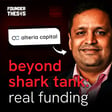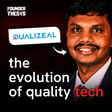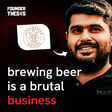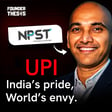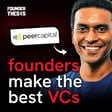
Building BNPL for education | Rohit Ghajbhiye @ LEO1
Rohit started FinancePeer - a peer-to-peer lending startup but showing remarkable agility, he soon pivoted the company to become a leading player helping fund school fees for parents. He shares his journey of discovering product-market fit for LEO1, and the journey of building multiple moats for what is a very profitable and sticky business.
Read the text version of the episode here.
Read more about LEO1:-
1.LEO1’S Unique Fee Financing Model Making Quality Education Accessible To Parents In Karnataka
2.How fee financing is creating a win-win situation for parents and schools
3.Education’s commercialisation: Unraveling the constraints
4.“Blended education is the way forward for the education sector.” Rohit Gajbhiye
5.Financepeer founder Rohit Gajbhiye features in Forbes 30 under 30 Asia list












